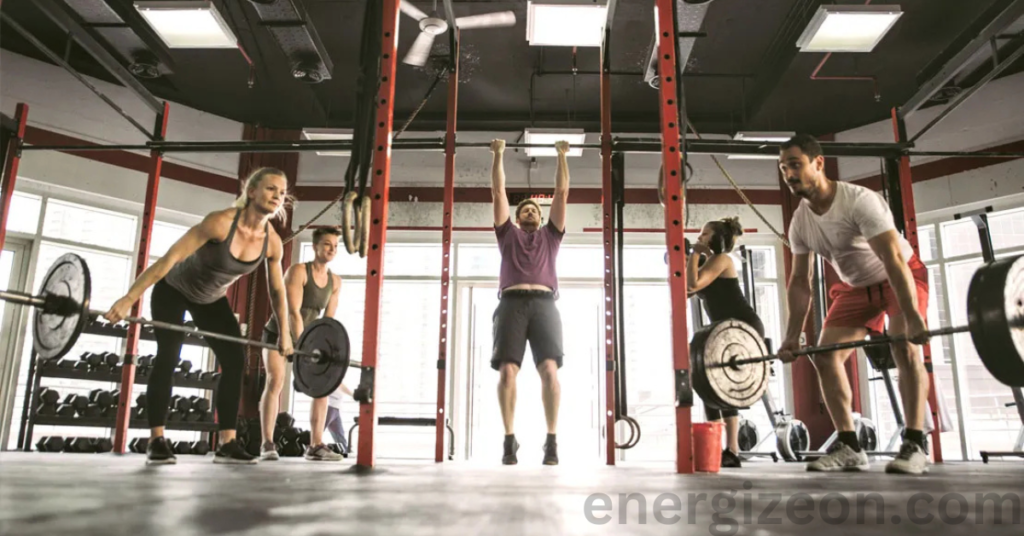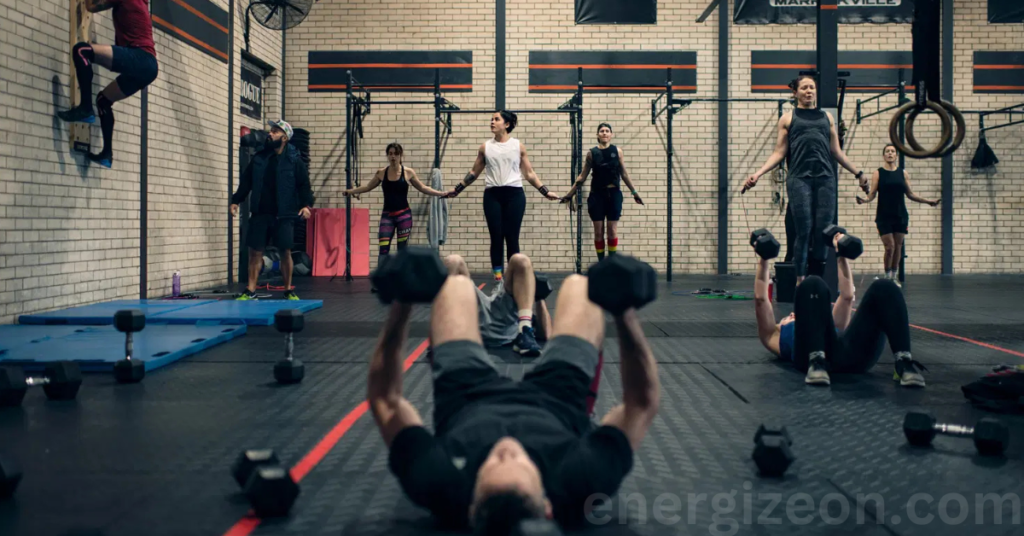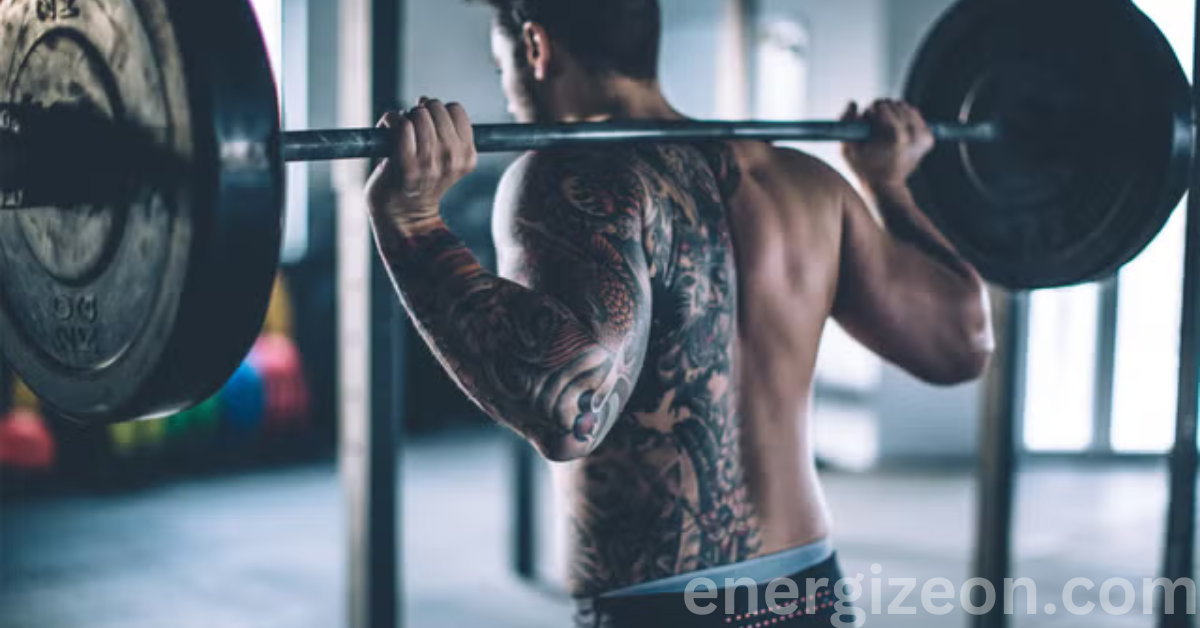Functional fitness is one of the trending phrases in the fitness industry today, and I will tell you why. It focuses on endurance or activities that help the muscles and physique to adapt to activities in day-to-day life. Unlike traditional fitness concepts, this approach of fitness takes a practical approach to strength, balance, and coordination.
What is Functional Fitness?
Functional fitness consists of exercises that are typical and require an individual to work with functional fitness in their everyday life. The purpose is to teach the muscles to prepare for performing everyday chores like picking up groceries, going upstairs, or even carrying your children. While functional fitness involves engaging in various muscles, more focus is provided to stabilization of the core muscles thus making you movement capable in your everyday movement.
The Benefits of Functional Fitness
Improved Strength and Endurance
Functional fitness workouts in most cases involve body parts in combinations hence increasing muscle strength and endurance. All exercises such as squats and lunges, as well as push-ups, target the entire body so that you may be able to achieve the strength that need on a particular day. Unlike other training that helps one gain strength but which do not sustain that strength, this training enables one to develop strength as well as sustain that strength.
Enhanced Balance and Stability
According to that balance is very important and necessary for avoiding falls and injuries as people grow older. Stability is one of the functional fitness exercises, that involves exercising the abdomen muscles. Recently, during single-leg stands, balance boards, and stability ball workouts, your core muscles are working, and improving your balance as well. It can be rather helpful for elderly people, or for those who sustained injuries, for example.

Increased Flexibility
An important aspect of functional training is flexibly. Some of the functional exercises involve dynamic stretches that help you increase your flexibility. Flexibility does not only assist in performance but also in doing great injury preventive measures. As an addition to the members of the functional fitness framework, the usage of stretching including yoga or Pilates may help to increase the flexibility even more.
Better Posture
This therefore implies that wrong posture accrues many problems that range from backaches to reduced ability to move. It is important that rather than targeting a specific body part, functional fitness deals with body movements in a particular way.
Strengthening of the muscles that support the spine, shoulders, and abdomen helps offset the negative impacts of sitting and also enhances general posture. The main thing is the conscious focus on the position of the body, and in this aspect, the changes will be truly revolutionary in terms of the feelings experienced during the day.
Functional Strength for Daily Activities
Functional fitness is designed to put your body in a position to accomplish all the things that you come across in the course of the day. It’s lifting a box, standing to get something off a top shelf as well as bending forwards to tie your boot laces; functional training assists in making you build sufficient strength plus dexterity to perform such tasks without a lot of fuss.
Key Components of Functional Fitness
To create an effective functional fitness program, it’s important to incorporate several key components:
Compound Movements
Such operations, which force more than one joint and muscle group are functional movements in essence. For instance, squats, deadlifts, and overhead should be given a shot as they are addictive exercises. It copies the actual patterns of the movement which is why it is useful for developing functional strength.
Core Stability
The core is the starting centre which is the basis of all aesthetic motions. Having a sound stomach strengthens body equilibrium to ensure stability and correct posture. Planks, medicine ball twists, and workouts on a stability ball should be included in your routines to build your core strength. This will improve your general functional fitness and in turn generic domains reduce your chances of a physical disability.
Flexibility and Mobility
As mentioned earlier performing flexibility and mobility work shall be incorporated in the routine for functional fitness. During exercise, performing dynamic stretches is effective and for post exercise performance benefits, performing static stretches is recommended. Such as Yoga and dynamic warm up are one of the best practices that can be incorporated to the team.
Agility and Coordination
Functional fitness is not only about the muscles; flexibility and balance have got their roles too to play. Here are some exercises to note when it comes to improving quick change of direction; ladder drills, cone drills, agility hurdles among others. This is especially true with athletes and any other physically active persons or individuals.

Designing Your Functional Fitness Routine
Developing a functional fitness regime doesn’t need to be complicated. Here’s a simple framework to get you started:
Warm-Up
Preheat before the actual exercise with a dynamic warm-up for your muscles and joints. This could include the use of the arms making rounds with the hands while the use of legs with the feet swinging as well as light jogging. Ideally, strive for somewhere between 5 to 10 minutes devoted to getting some aerobic exercise and stretching out muscles.
Strength Training
Add exercises that involve progressions of several muscles on the body. A sample strength training session could include:
Squats: 3 sets of 10-15 reps
Push-Ups: 3 sets of 8-12 reps
Deadlifts: 3 sets of 10-12 reps
Lunges: 3 sets of 10 reps per leg
Core Work
Add programs to activate the toned muscles you need for core strength. Consider:
Plank Holds: 3 sets of 30 seconds
Russian Twists: 3 sets of 15 reps
Bird Dogs: 3 sets of 10 reps per side
Flexibility and Mobility
Complete your routine by doing stretches and mobility movements. Concentrate on large muscle groups and do not hold stretches for more than half a minute. Perhaps use foam rolling to ease the tightness in your muscles.
Cool Down
Give your body a chance to rest by allowing it to cool for a little while. Breathing with extreme caution and gentle movements are important ways to reduce the rate of your heartbeat and your muscles as well.
Common Misconceptions About Functional Fitness
Myth 1: It’s Only for Athletes
Most people even think that functional fitness training is just meant for athletes or for people who are into some sort of training. But it is advantageous for all.” Regardless of whether you are a working man/woman, a housewife/husband, and even a retiree, functional fitness can do wonders for strength, preconception as well as overall health.
Myth 2: It also involves the use of expensively priced equipment.
Though tools help to intensify your exercise, there are functional movements that can be done without or with little equipment. Weight training exercises, tubes, and even ordinary objects such as chairs or stairs can be used to develop the so-called functional training.
Myth 3: It’s Boring and Repetitive
Functional fitness in fact ranges with a big array of movements and exercises. Taking different actions during your workouts means that you will not always repeat your workout patterns, making the workouts enjoyable. From hiking to attending group classes, several choices make the list of things that seniors can do.
A Beginner’s Guide to Functional Fitness
If you’re new to functional fitness, here are some tips to help you get started:
Set Clear Goals
State your goal for the functional fitness that you would be following through a functional fitness routine. No matter whether you have set your goals to increase your strength, flexibility, or energy, defined goals will work as a driving force for you.
Start Slowly
For newcomers, start with exercising merely and increase the level of difficulty in exercising. Take time to listen to your body and do not attempt to force it into going against its natural program particularly when beginning.
Find a Community
For functional training, one should find a nearby gym or a fitness class in which functional training techniques are used. Another advantage of this program is that it helps you receive support from a community that will encourage and hold you accountable.
Stay Consistent
If all goes to plan, course outcomes should start showing at the end of one academic session and beyond. Ideally, try to do at least three to four functional workouts in a week, and include multiple functional exercises.
Consult a Professional
In case you are very much lost on which program to follow, it would be wise to talk to a certified personal trainer. They can assist in designing appropriate programs according to your situation as well as monitor whether you employ the correct technique.
Conclusion
Functional fitness is an effective strategy for exercising a form of fitness as it is based on movement and strength. Exercises that help you get better at the things that are your daily routine also prove useful to your general health, reduce the risk of injuries, and put you in better stead for a more comfortable life. In general, functional fitness is great for anybody who wants to better themselves and enhance their level of physical fitness and functionality. So why not start today? Your body will thank you!
What is functional fitness?
Functional fitness focuses on exercises that mimic everyday movements, improving strength, balance, and flexibility for better performance in daily activities.
What are the benefits of functional fitness?
Benefits include increased strength and endurance, improved balance and stability, enhanced flexibility, better posture, and greater functional strength for daily tasks.
Can I do functional fitness without equipment?
Yes, functional fitness can be performed using bodyweight exercises and common household items, making it accessible to everyone regardless of gym access.

